Rituals & Remembering in Grief
The James Reid Funeral Home
Bereavement Support Program
Monday, January 7, 2019, 7 pm
Sarah Reid Hedberg
A sense of confusion and loss of control are common experiences after the death of someone close. Rituals are those things which help us through doing something. They help us focus a little better and regain a sense of purpose. Rituals are ways to remember your loved one, ways to express what it is like for you without them in the world.
Rituals include:
- focused breathing and greeting their photograph;
- getting a tattoo and planting a tree;
- putting a memorial notice in the newspaper and taking a trip with their cremated remains;
- whatever is meaningful to you and your relationship.
Rituals come in a surprising variety. They are found in every social group the world over (Rando, 1984, 104). They are all a physical way of manifesting the realities of grief. These are socially acceptable channels for feeling grief. They usually have a clear beginning and an end, which is a rare commodity in mourning!
Public rituals include
- funeral and memorial services such as ‘Celebrations of Life’
- gatherings after the death such as receptions
- publication of an obituary or death notice in newspaper
- online sharing of news, pictures, condolences
- participating in a golf tournament or run in their memory
Group rituals allow for all present to experience their memories and their sense of loss of the person who has died. The connection allows those present to mourn together.
Example: After the death of her husband Hugh of forty years, Joanne decided to hold a Celebration of Life. She invited colleagues, friends, family and church community members to speak. She took a month to prepare for it. Hundreds of people came, and while the music played, the photos rolled, and their stories were told, it was recorded. She plays the recording of it on her computer and it brings her much comfort. Joanne loves to talk about Hugh’s service with those who were there.
What are your experiences of your public rituals?
Private rituals are those done alone or with a few others
that help ease the pain of loss,
that connect what is now with what was then,
that commemorate the one who died
in a way that honours the relationship.
Common private rituals include
- saying “Hello” or “Good Night” to their photograph
- talking to them
- making their favourite meal
- visiting their grave, niche, or favourite place
Private rituals can be spontaneous, such as grabbing his sweater to your nose and sucking in his scent. They may form a little randomly; you may be doing things out of habit that when you consider them, they do carry meaning for you. An example is keeping in touch with family or friends that were their family or friends. Another is doing chores that he or she did: you are connecting with your loved one while doing.
“A man whose wife passed away wrote: “In these fifteen years I have been going to hairdressers to cut my hair every first Saturday of the month as we used to do together.” Another lady, whose husband died, said she still washes his car each week as he had done when he was alive” (Esfahani Smith, 2014, para 19).
Example: A daughter and widower take a train to the Northern town their Mum and wife grew up in. There is only one train a day now, but when Molly was a young adult, she commuted from her family home to the big city. As the daughter and widower turn bends and approach train stations, they tell the stories Molly told them. Molly was always a Northern girl, and once they get off at her stop they sense her in the faces and facades of the place. They grow quiet outside her family house, now renovated. Later, their sadness shakes off as they run into an old acquaintance who remembers Molly’s fondness for practical jokes. The trip North becomes an annual ritual.
What are some of your private rituals?
The Experience of Grief
The death of someone close brings on emotions and lifestyle changes that are new to us. Even if we’ve experienced bereavement before, we’ve never lost this person before.
Our grief often hangs on these three realities:
- Our relationship with him or her
- The social and emotional changes in our support system
- The practical implications of our loss
There are common impacts many feel when bereaved:
- Physical impacts: Fatigue. Pains. Difficulty sleeping or eating. Low energy slows life down. The body feels sluggish or wired.
- Mental impacts: Difficulty accepting the reality ofthe death. Inability to think. Forgetfulness. Lack of trust in oneself.
- Emotional impacts: Numb. Sadness. Overwhelmed. Vulnerable. Scared. Waves of feeling. Oscillations in how we feel.
- Psychological impacts: Surprise at oneself. Rational thoughts less persuasive. Attitude shifts. Loss of interest in some things, keen interest in others. Worries loom large.
Anxiety is as common as depression, sadness and loneliness when you’ve lost someone dear. Several of the causes for anxiety are separation, concerns about one’s being changed and different from before, and financial realities (Rando, 2015, October). There is so much change at once.
What does anxiety after a death feel like?
A key skill is to self-soothe, to calm oneself and find a sense of peace. This is often impossible at the beginning and in flare ups of grief, but is able to be learned and employed a little after the fact.
Example: After reading about flare-ups, or waves of emotions, Martha realizes that they are happening to her: terrible grief that comes out of nowhere. She learns that they won’t last forever. She realizes that the triggers are unpredictable. She knows that she is not going crazy or having a heart attack—she is grieving.
Rituals
Rituals are an extension of self-soothing acts. They help release grief and calm the anxiety of it.
By doing something, they make physical and real our internal feelings. By having symbolic meaning, they help us move towards acceptance of this loss by “saying” it without words.
Rituals help us feel a bit of control again.
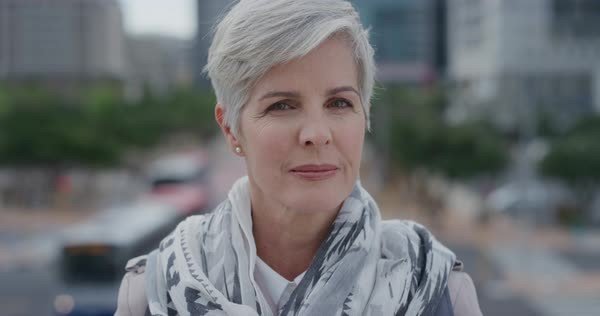
Are there personal rituals that you do?
Rituals in time
The time frame often affects our grief. When loss is very new, we have no distance. The loss is visceral. Shock and denial are usually at play. Rituals early on shape how we process our loss, and include
- Being with the body of your loved one (saying goodbye, identification, family time)
- funeral or memorial service to markdeath and share in loss
- focused breathing (boxed breathing exercise: breath innose for 2 counts, hold for 2, breath out mouth for 2, hold for 2. Draw shape of box)
- taking care of their business, interests, property
- learning new routes around places with difficult memories
- putting away photographs if painful
As one begins to cry a little less, perhaps 3-12 months after,
- noticing a photograph
- choosing a symbolic object as a tattoo or memory table item
- writing a letter and either burning it (i.e. a confession, an apology) or putting it with other mementos
- erecting a tombstone and visiting grave
- interring cremated remains or taking a trip with them, perhaps scattering them different places
- going to grave with flowers, leaving half the bunch and taking rest home
As one begins to integrate the loss into one’s life in the coming years
- planting a tree, either at the place they died or in their memory
- putting a memorial notice in the newspaper or on social media
- lighting a candle to commemorate them on special days
- inviting someone needy to take his or her place at the table
- creating something out of the loss: poetry,collage of magazine pictures, garden, photo book, quilt, pictures.
Do any of these examples seem appropriate to your situation?
Rituals in space
Music: if a song just says the person to you, and it does not bring on sharp pain, listen to remember and allow yourself to feel while the song plays. An article in The Atlantic describes how one woman who lost her mother would play the song by Natalie Cole ‘I miss you like crazy’ and cry every time she heard it, thinking of her mom. (Esfahani Smith, 2014, para 14) Also, while driving or at home or in bed, play music that soothes you. Have your go-to CD ready to play as a ritual to calm down.
Symbolic Object: Usually something of your loved one’s that you can hold or finger or smell or see. Hold it. Finger it. Smell it. Look at it. Consider your loved one and let his or her presence return to you. Then put the object away.
Place: This can be a room or garden or garage or even town that was meaningful to you and your loved one. Visit it and return to the memories. If possible, do something in it that symbolizes their life and yours.
Ritual offers people an opportunity to outwardly express emotions that defy a way to be expressed (Wesley, 2014).
What’s a ritual you are thinking of trying?
References
ADMHD Community. (2013, Mar 13). Box Breathing: Tip from the Pros. [Video blog post\ Retrieved from https://www.youtube.com/watch?v=tax-KPT9FPk
Esfahani Smith, Emily (Mar 14, 2014) In Grief, Try Personal Rituals. The Atlantic. Retrieved from http://www.theatlantic.com/health/archive/2014/03/in-grief-try-personal-rituals/284397/
Norton, Michael I., and Francesca Gino. (2017, Jan 2) "Rituals Alleviate Grieving for Loved Ones, Lovers, and Lotteries." Journal of Experimental Psychology: General (forthcoming). Harvard Business School, Retrieved from http://nrs.harvard.edu/urn-3:HUL.InstRepos:10683152
Rando, T.A. (1984). Grief, Dying, and Death. Clinical Interventions for Caregivers. Champaign, Illinois: Research Press Company.
Rando, T.A. (2015, October). Evolution in Thought and Practice Regarding Grief and Bereavement: Where We’ve Been and Where We’re Headed Now. Paper presented at Bereavement Ontario Network Conference, Geneva Park, Orillia, Canada.
Rando, T.A. (In Press, Forthcoming in 2016). Coping with the sudden death of your loved one: A self-help handbook for traumatic bereavement. Indianapolis, IN: Dog Ear Publishing.
Wesley, Chaz. (Dec 18, 2014). From Grief to Grace: Ritual and Renewal, with Robin Tilly [Audio podcast]. Retrieved from iTunes.
What’s Your Grief. (Jan 7, 2019) https://whatsyourgrief.com/surprising-truth-ritual-grief/


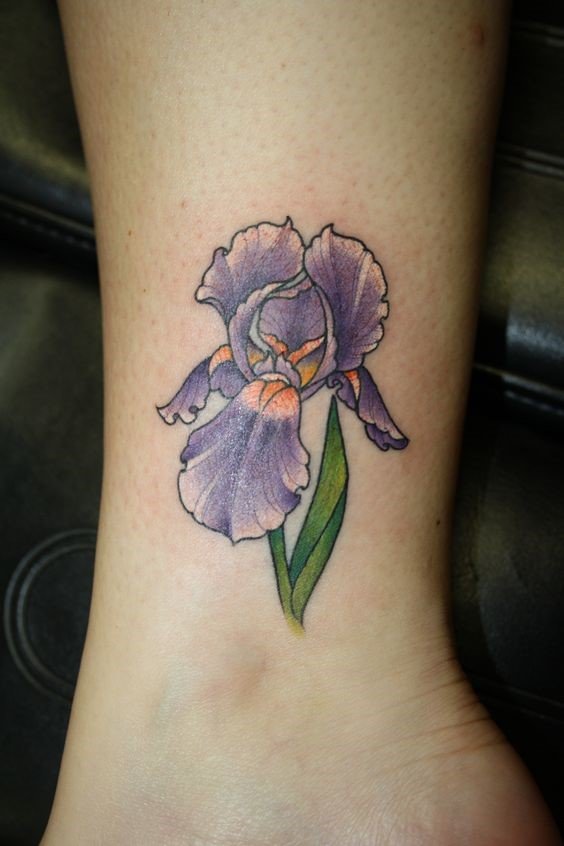

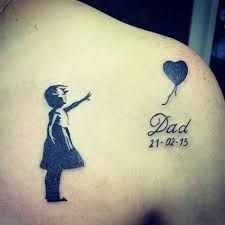
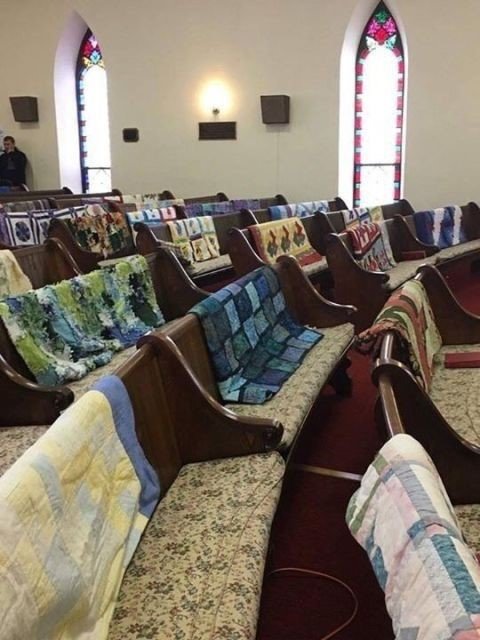
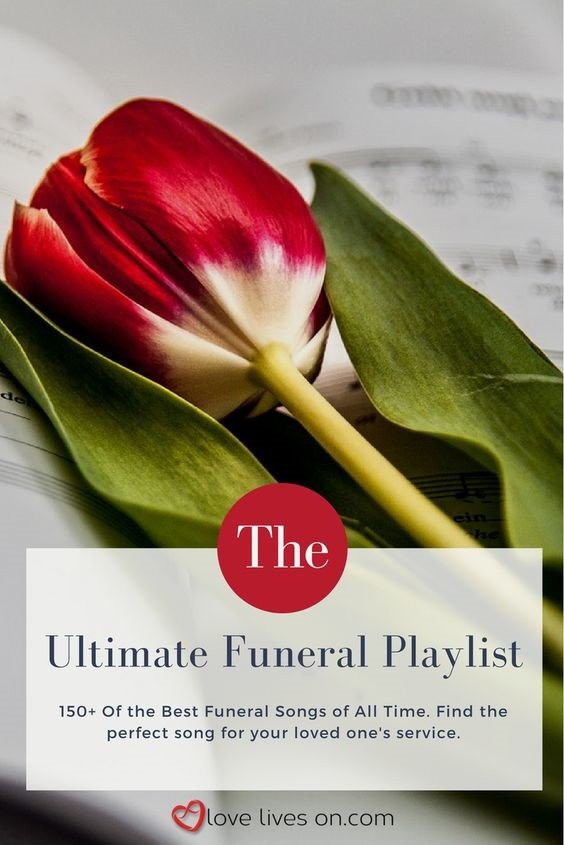





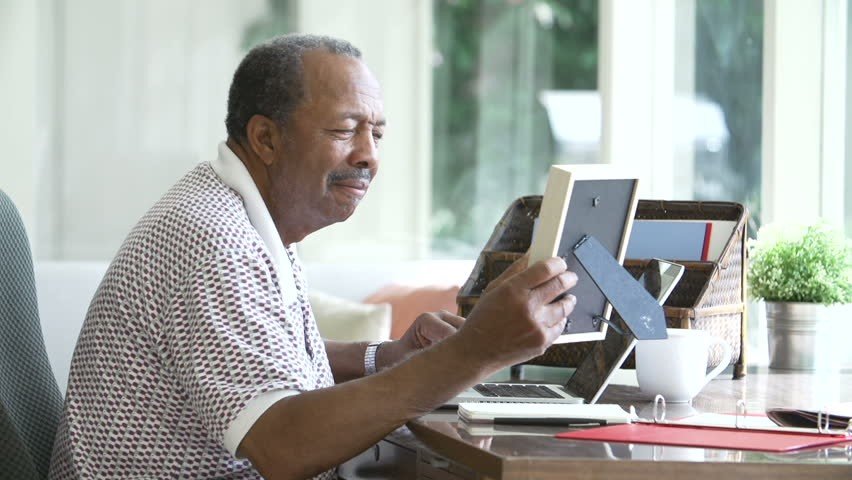
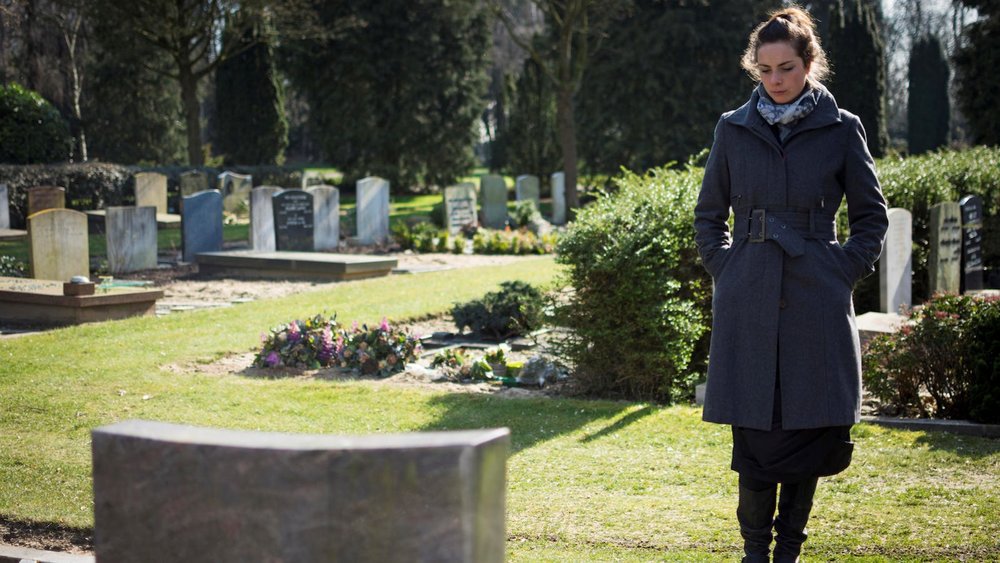




Comments